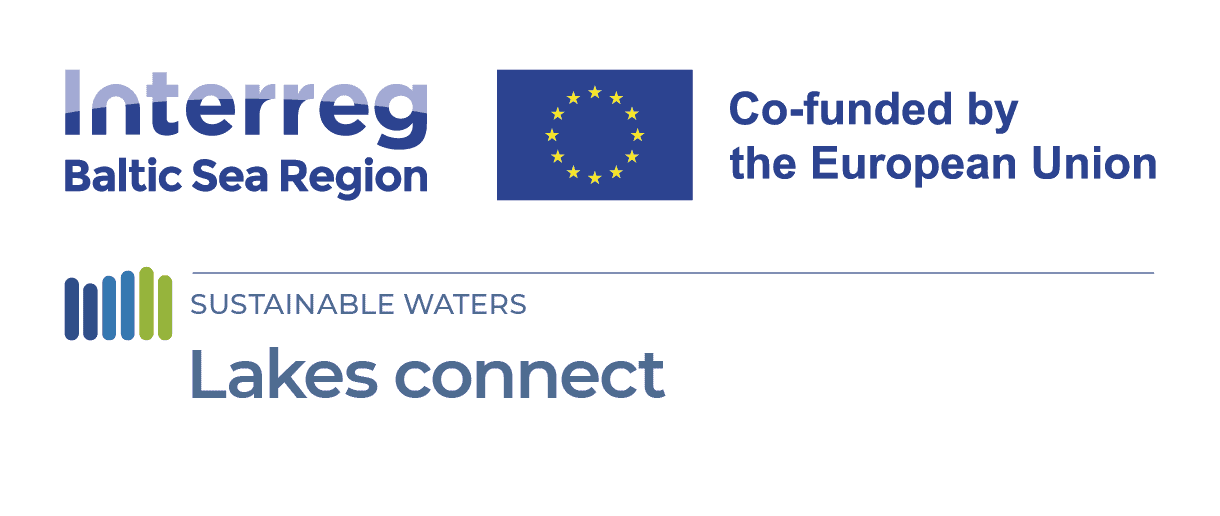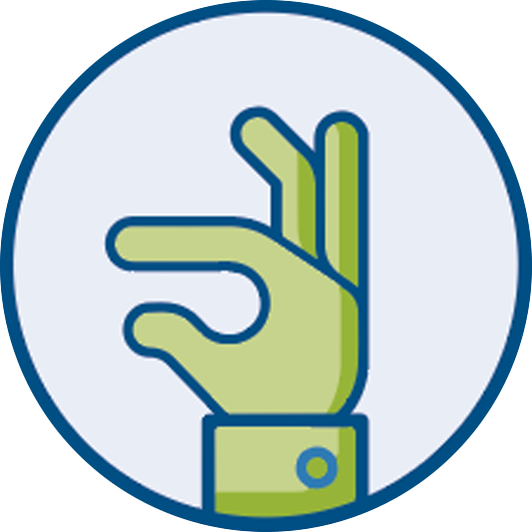
Interactive map with a contact database of institutions interested in lake conservation
17 April 2024
Interactive map with a contact database of institutions interested in lake conservation:
The map is available as an overlay on Google Maps and provides a platform for transnational policy dialogue and joint review of lake pollution issues. There are situated different type of institutions interested in lakes’ protection on the national and local level. It covers the area of Lakes connect partner countries: Poland, Lithuania and Latvia.
Cross-border collaboration among decision-makers, scientists, NGOs and other stakeholders will facilitate the development of innovative solutions to address technical and regulatory challenges. The model map will establish a transnational learning network to implement more cost-efficient management of water resources, aquatic ecosystems and tourism, as well as improve understanding of microplastics and other pollutants. This collaborative approach aims to drive long-term environmental stewardship across borders and engagement of stakeholders.
The partner responsible for that task was Siauliai Chamber of Commerce and Industry.
Instructional video:
To make it easier and clear, we have also prepared a short instructional video that explains how to use the interactive map. You will learn how the map was created, what information it contains, and how to interpret it. The video is available on YouTube channel, link: instruction.
We invite you to explore these new tools and encourage active participation in the discussion on the protection of the aquatic environment. Through cooperation and knowledge sharing, we can develop innovative solutions for a better future for our lakes.





